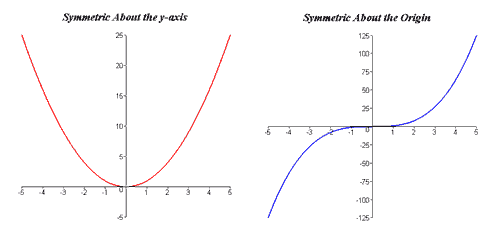Trigonometric Functions Review
4.1 Radian and Degree Measure
Vocab:
·
Trigonometry:
“measurement of triangles”
·
Angle:
determined by rotating a ray (half-line) about its endpoint
·
Initial side:
starting point of the ray
·
Terminal side:
position after rotation
·
Vertex: the
endpoint of the ray
·
Standard
position: vertex located at origin, one ray is on the positive x-axis
·
Positive angles:
generated by counterclockwise rotation
·
Negative angles:
clockwise rotation
·
Coterminal:
angles that have common terminal side
·
Radian: measure
of a central angle Ɵ
that intercepts an arc s equal in
lenghth to radius of circle
·
Complementary
angles: 2 angles that add up to 90 degrees
·
Supplementary
angles: 2 angles that add up to 180 degrees
Degrees to Radians:
|
Radians to Degrees:
|
|
|
|
Movie Help:
http://www.youtube.com/watch?v=7xEnSrtlkEE
Online
Quiz: http://www.sporcle.com/games/akpgunner/degree_radian_conversion
4.2 Trigonometric Functions: The Unit Circle
Vocab:
·
Unit circle: 
Definitions of Trigonometric Functions:
Even and Odd Trigonometric Functions
The cosine and secant functions are even.
Cos (-t)= cos t sec (-t) = sec t
The sine, cosecant, tangent, and cotangent
functions are odd.
Sin (-t) = -sin t csc (-t)= -csc t
Tan (-t) = -tan t cot (-t)= -cot t
Movie Help:
http://www.khanacademy.org/math/trigonometry/v/unit-circle-definition-of-trig-functions
4.3 Right Triangle Trigonometry
Sines, Cosines, and
Tangents of Special Angles
Reciporcal and Phythagorean Identities:
Quotient Identities:
Online
Quiz:
4.4 Trigonometric Functions of Any Angle
·
Reference angles: the acute
angle Ɵ formed by the terminal side of Ɵ and the
horizontal axis.
Movie Help:
http://www.youtube.com/watch?v=Cg70E506maw
Online
Quiz:
4.5 Graphs of Sine and Cosine Functions
·
Parent functions:
y= sin x, y= cos x
amplitude:
half the distance between the maximum and minimum values of the function
amplitude=
absolute value of a
period: let
b be a positive real number.
Movie Help:
http://www.youtube.com/watch?v=8nJjVku-q68
Online
Help:
http://www.cliffsnotes.com/study_guide/Graphs-Sine-and-Cosine.topicArticleId-11658,articleId-11595.html
4.6 Graphs of Other Trigonometric Functions
Movie Help:
Online
Help:
4.8 Applications and Models
Example:
A bug is standing x feet away from the house. Find out how many
feet the bug is away from the house?
Online Help:
Movie Help:
http://www.youtube.com/watch?v=-QOEcnuGQwo



.gif)
.gif)
.gif)
.gif)


.gif)
.gif)
.gif)
.gif)




















